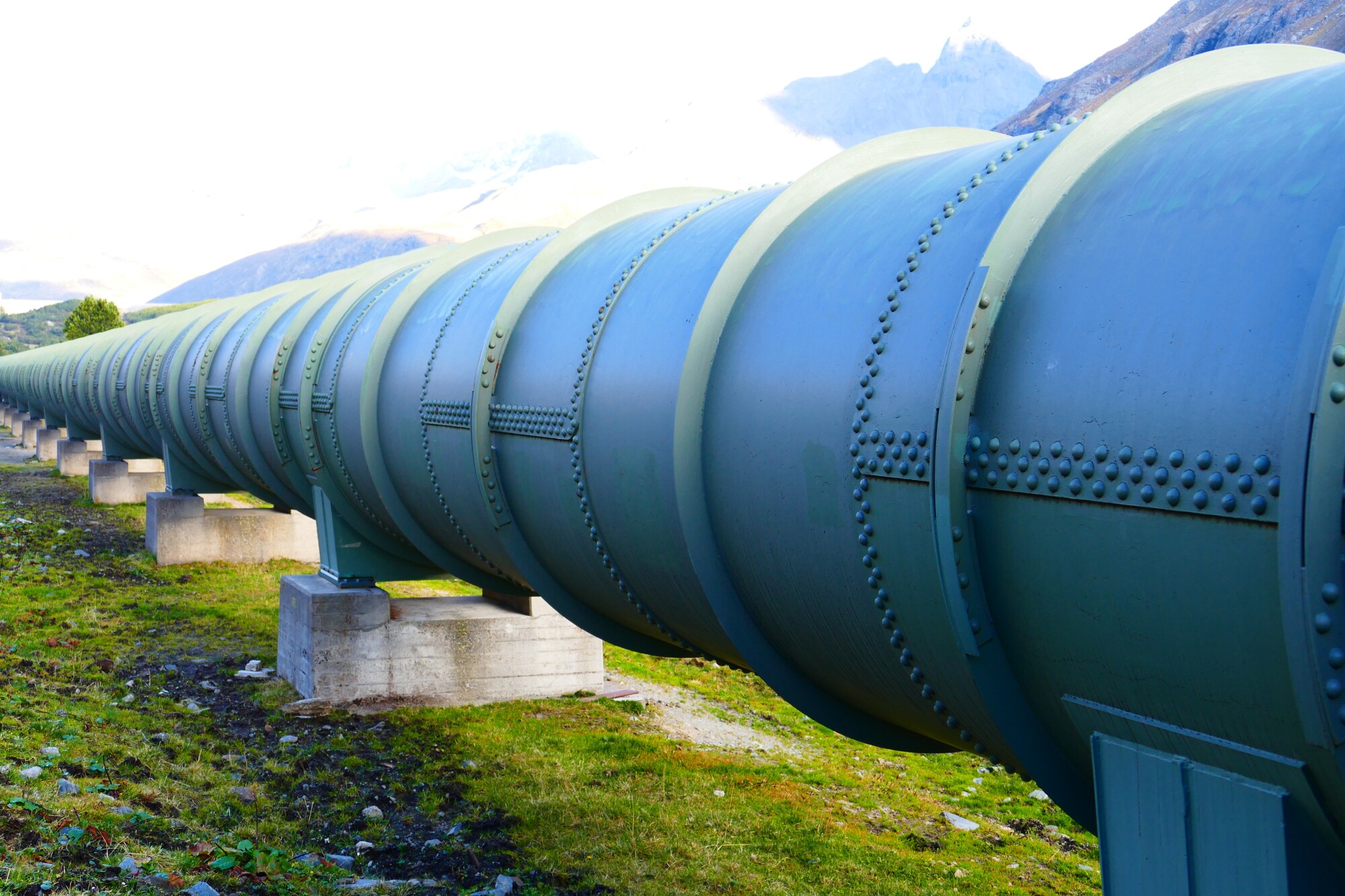Are you having problems with your pipes?
Have you started researching possible solutions but aren’t quite sure of the difference between pipelining and coating?
Don’t worry! We’ve put together a quick guide to help you choose the right type of repair for your project.
Keep reading to learn more about the differences between pipelining and coating and what to do if you’re having pipe problems.
What is Pipelining?
Pipelining is like creating a pipe within a pipe. Pipelining is different from pipe coating because it is done on the inside of the pipe. This process protects your pipes from the inside out from corrosion and wear.
Pipes that carry water are usually lined with cement, while pipes that carry corrosive substances are lined with PVC.
Pipelining is a long-term plumbing repair option that won’t cause damage. Pipelining is more formally known as “cured-in-place pipelining.” When you need to repair your pipes, you want a solution that is cost-effective and non-destructive.
Pipelining is often a better solution than re-piping. There are a few different ways to install pipelining. The goal is to create a structural epoxy pipe that will be adhered to the inside of the damaged pipe.
This process is an effective solution for pipelining problems including corrosion, cracked drain lines, and infiltrated roots. If you want to problem to go away, you need a long-term solution. Quick fixes like jetting the sewer line or snaking will only fix the problem in the short term.
Pipelining can restore an old pipe and give it years of additional service. The interior of the pipe with be restored, often with more smoothness than an entirely new pipe. Pipelining an older pipe also makes it less prone to tuberculation or collecting deposits.
What is Pipe Coating?
Pipe coating is a very different technology than pipelining. It also has a different installation process. Pipe coating can be applied on both the inside and outside of a pipe.
This means it can address external corrosion as well as internal corrosion. External corrosion is usually due to a pipe’s surroundings. Factors like wet conditions and acid soil can lead to more corrosion.
Internal corrosion is affected by factors like the temperature, oxygen content, pressure, and flow rate of the substances carried by the pipe.
Pipe coating is also a non-destructive and non-disruptive process compared to replacing a pipe. The pipe coating process is time-efficient and cost-effective. It’s also a long-term solution.
Do You Need More Help With Pipelining and Coating?
If you’re having pipe problems or are looking into restoring old pipes, you might be wondering about the differences between pipelining vs coating.
How do you know which of these repair methods is right for your pipes? We can help!
We are experts in pipelining and coating and can help determine which standard pipelining process is right for you. Contact us today to tell us more about your pipes.






